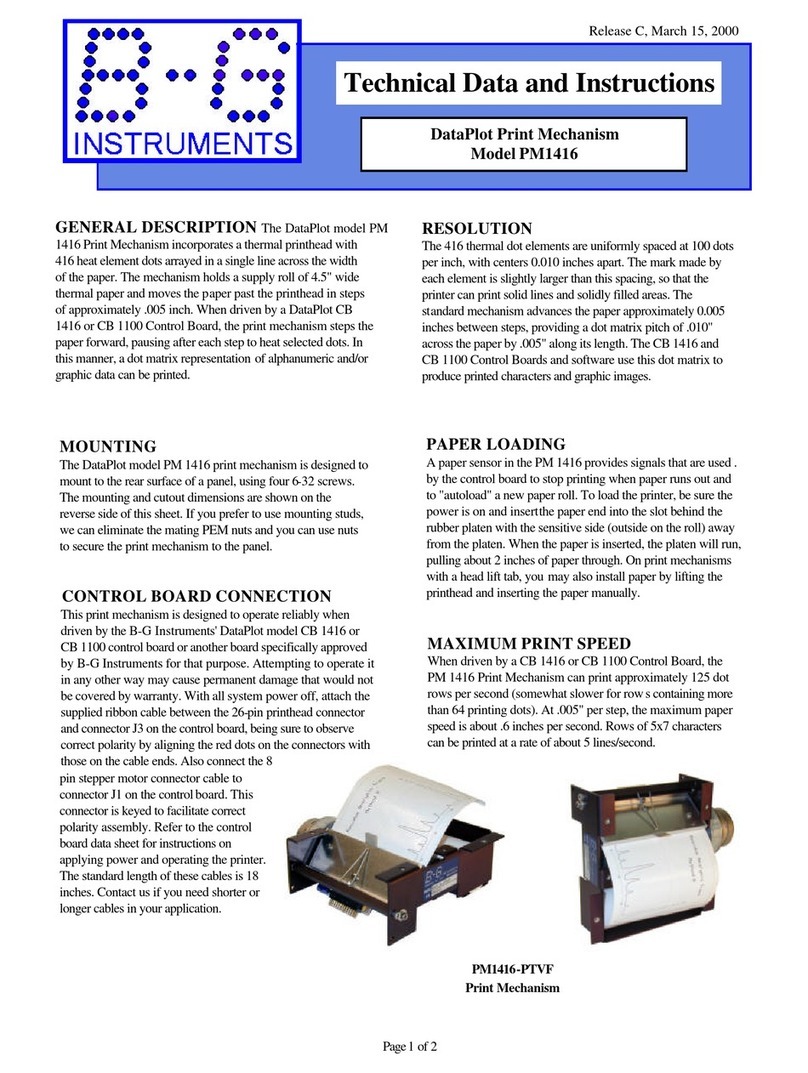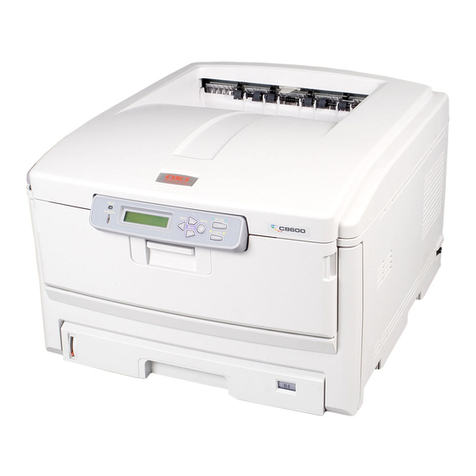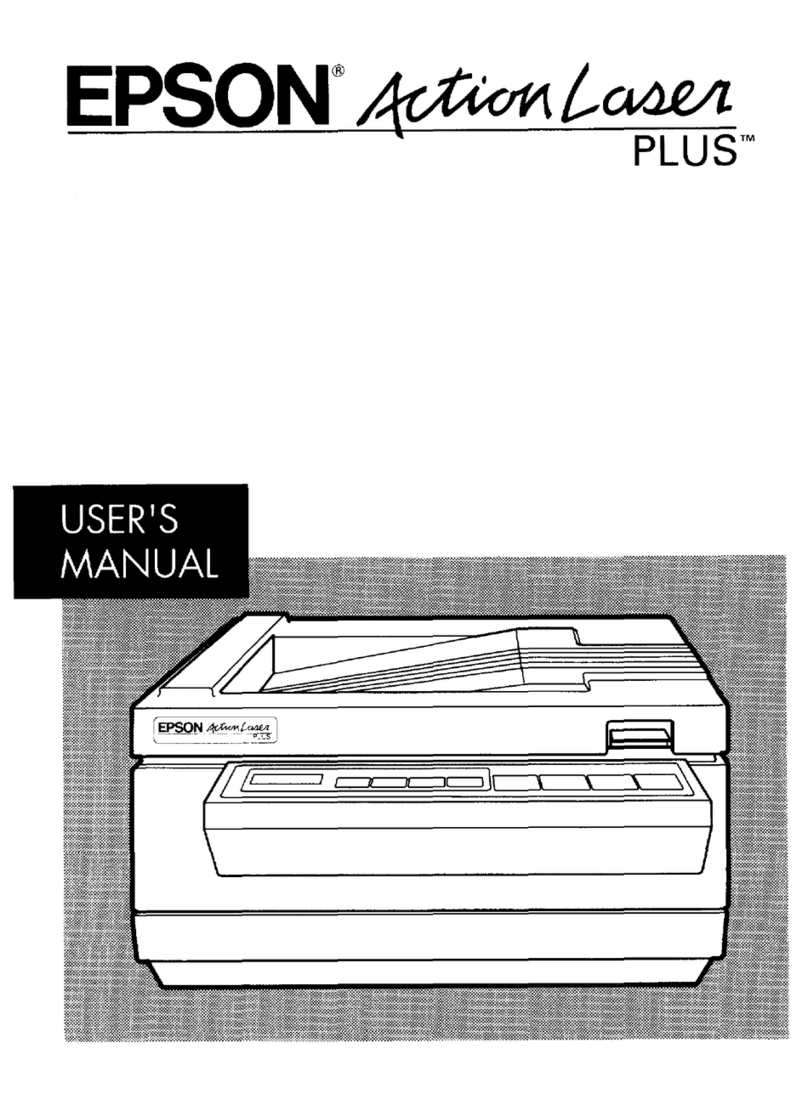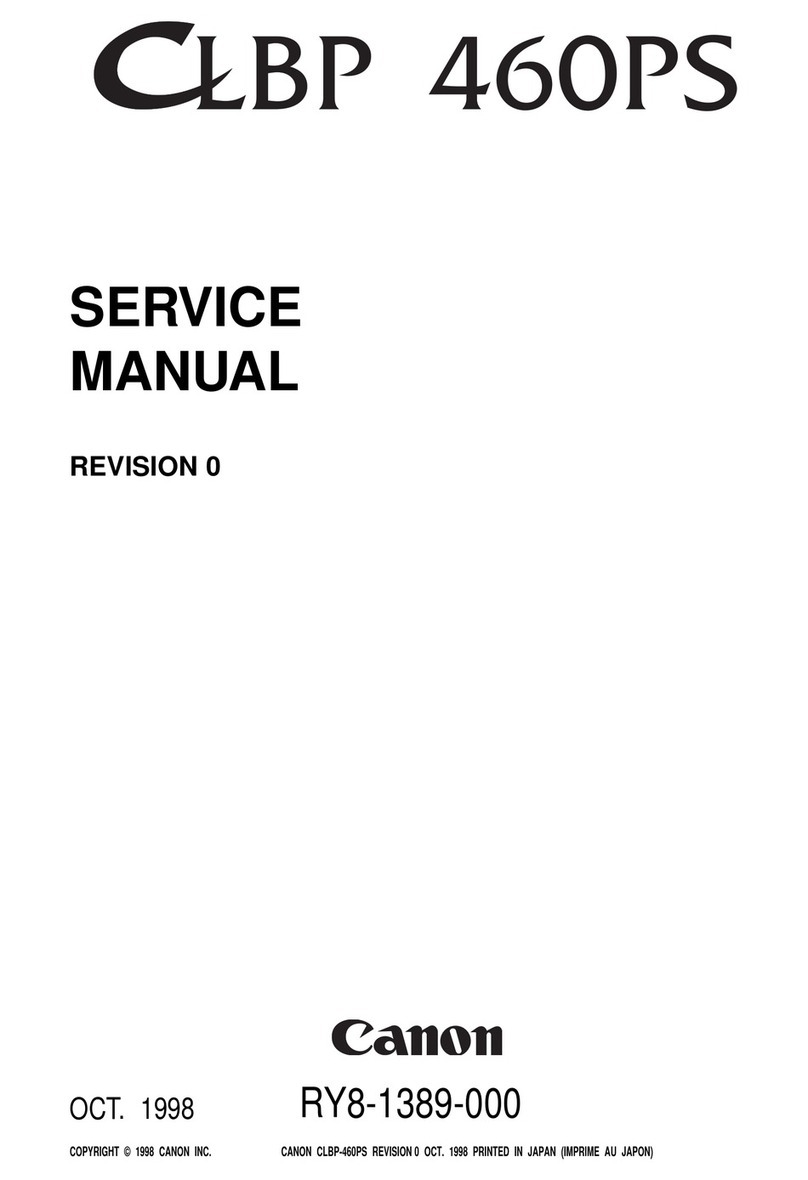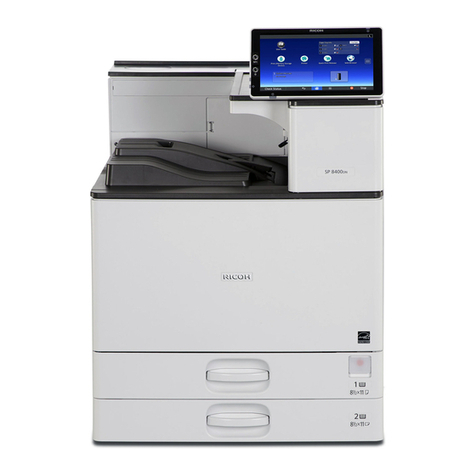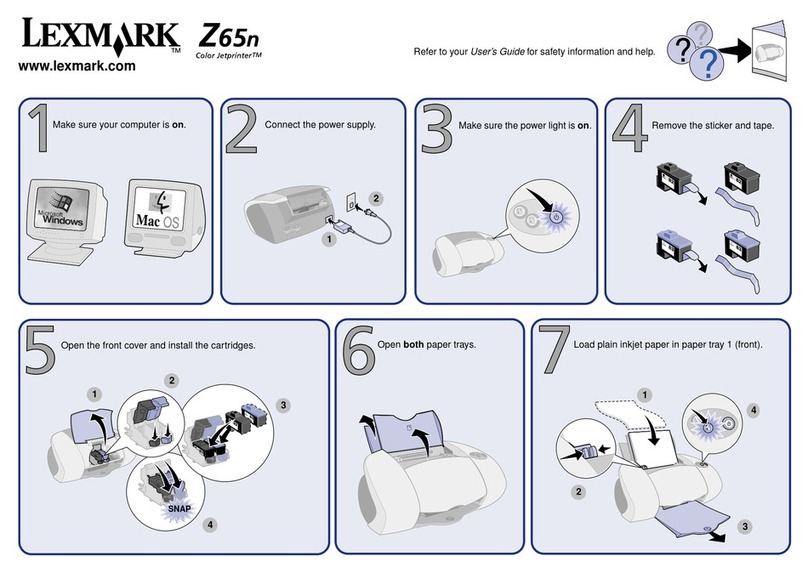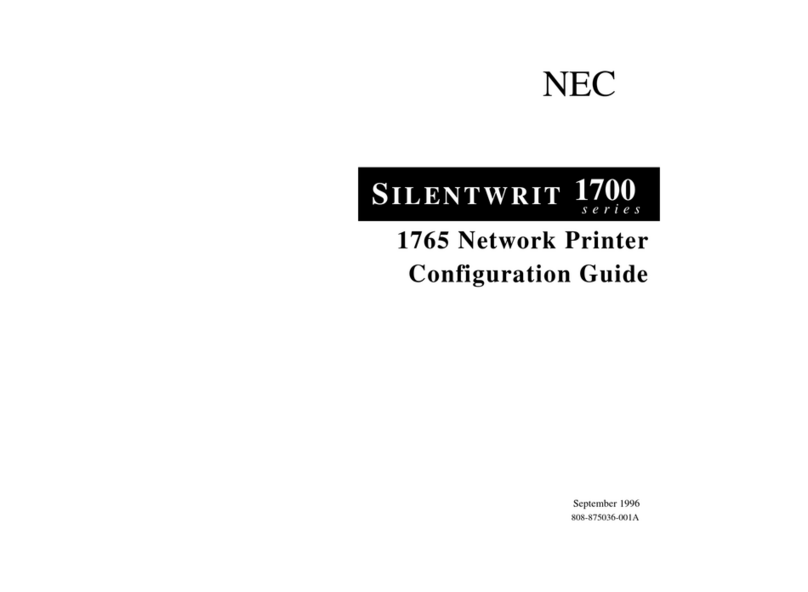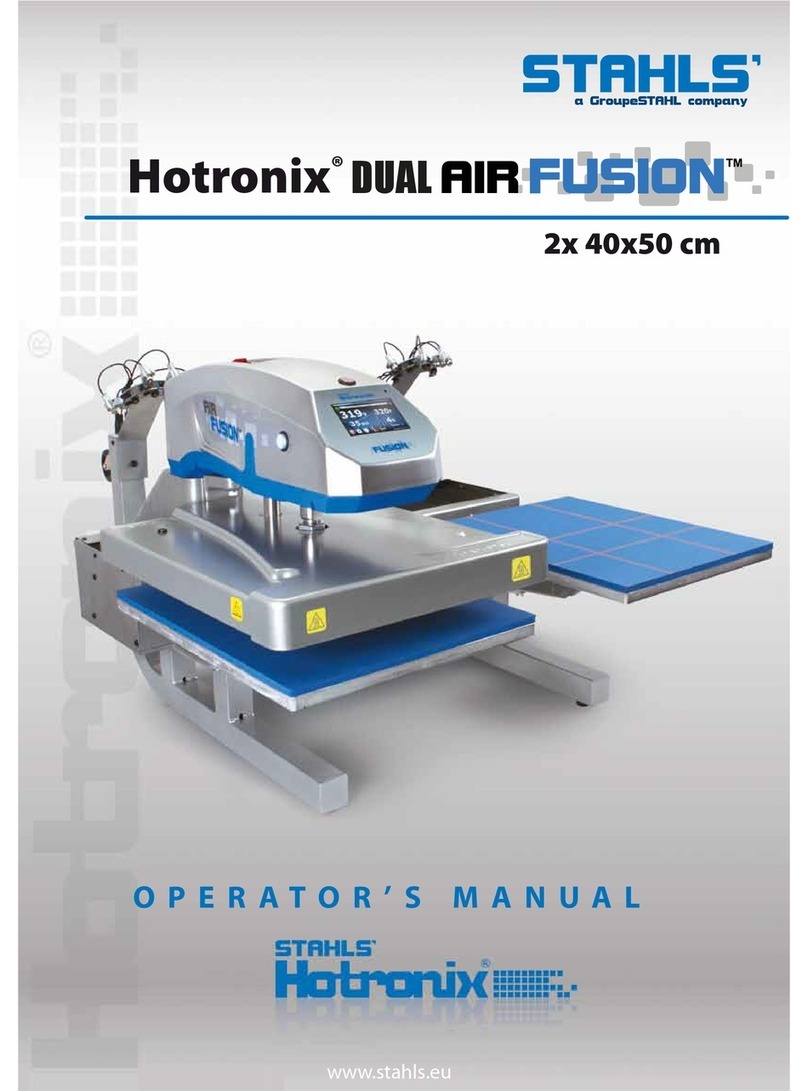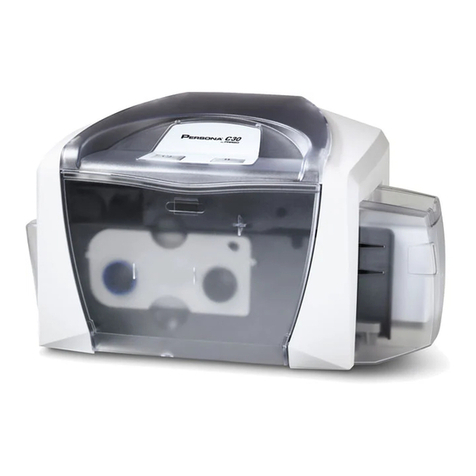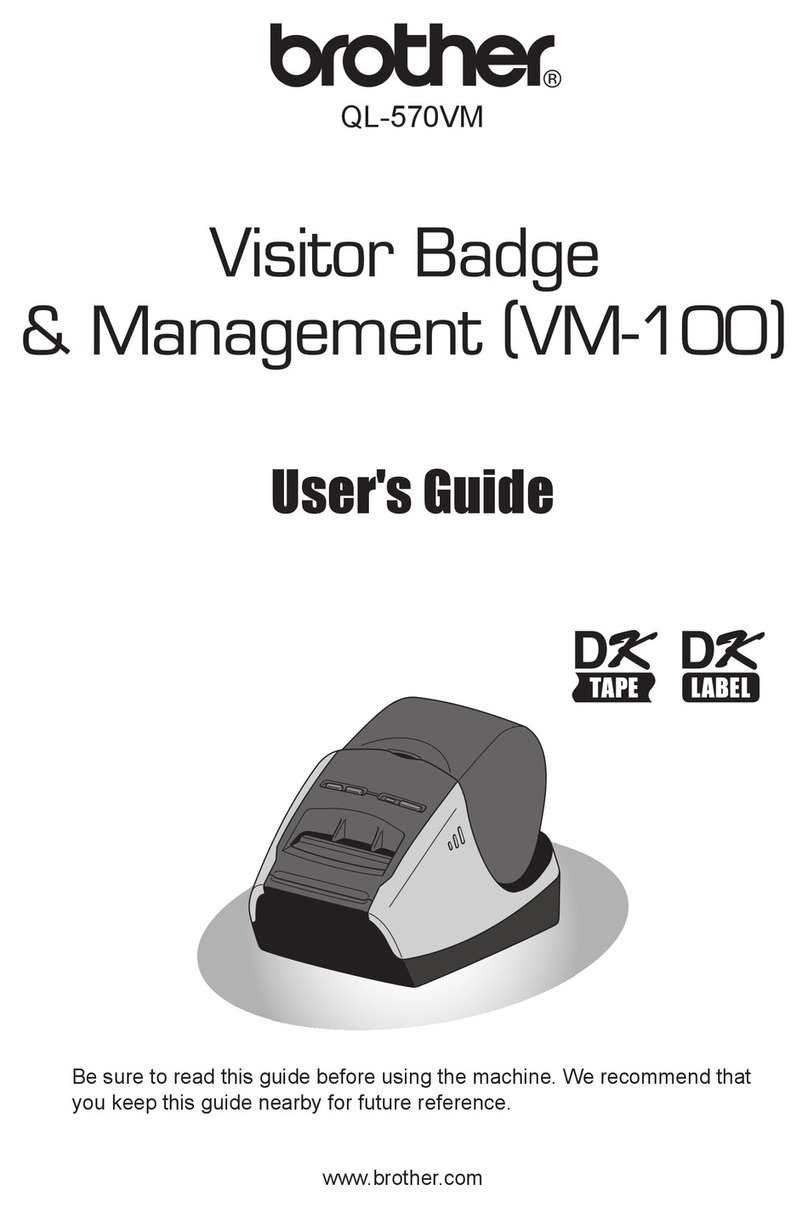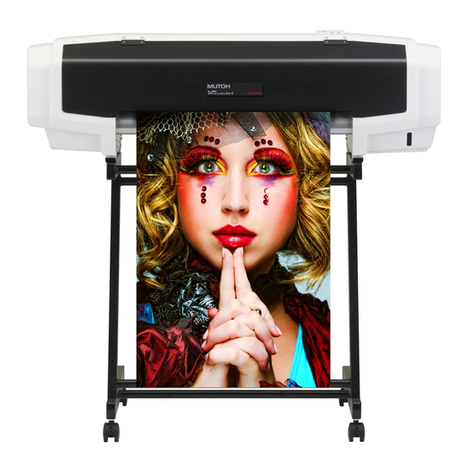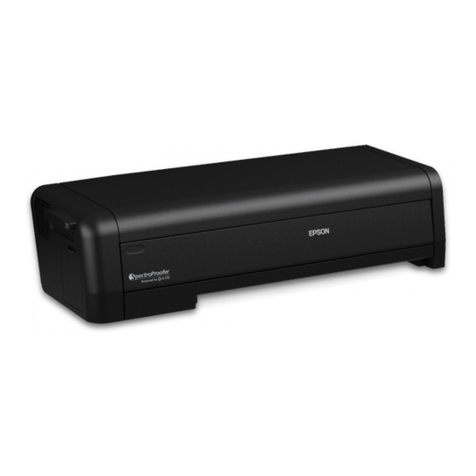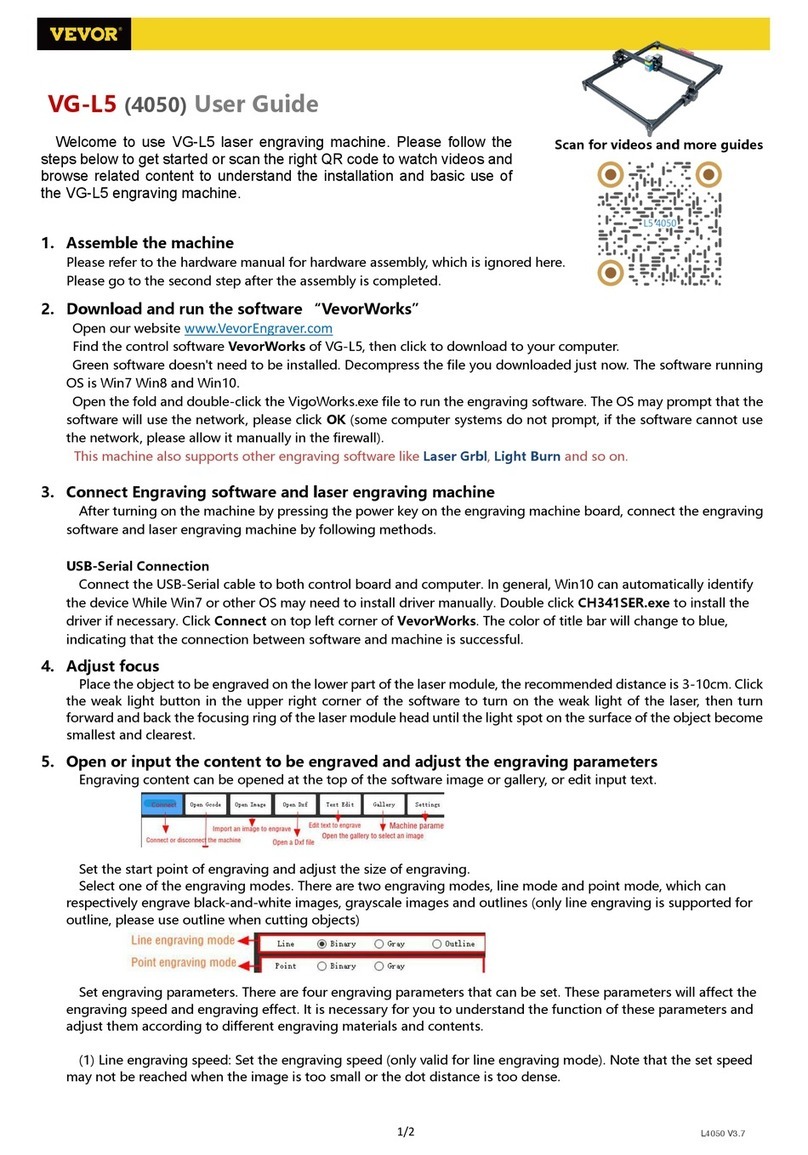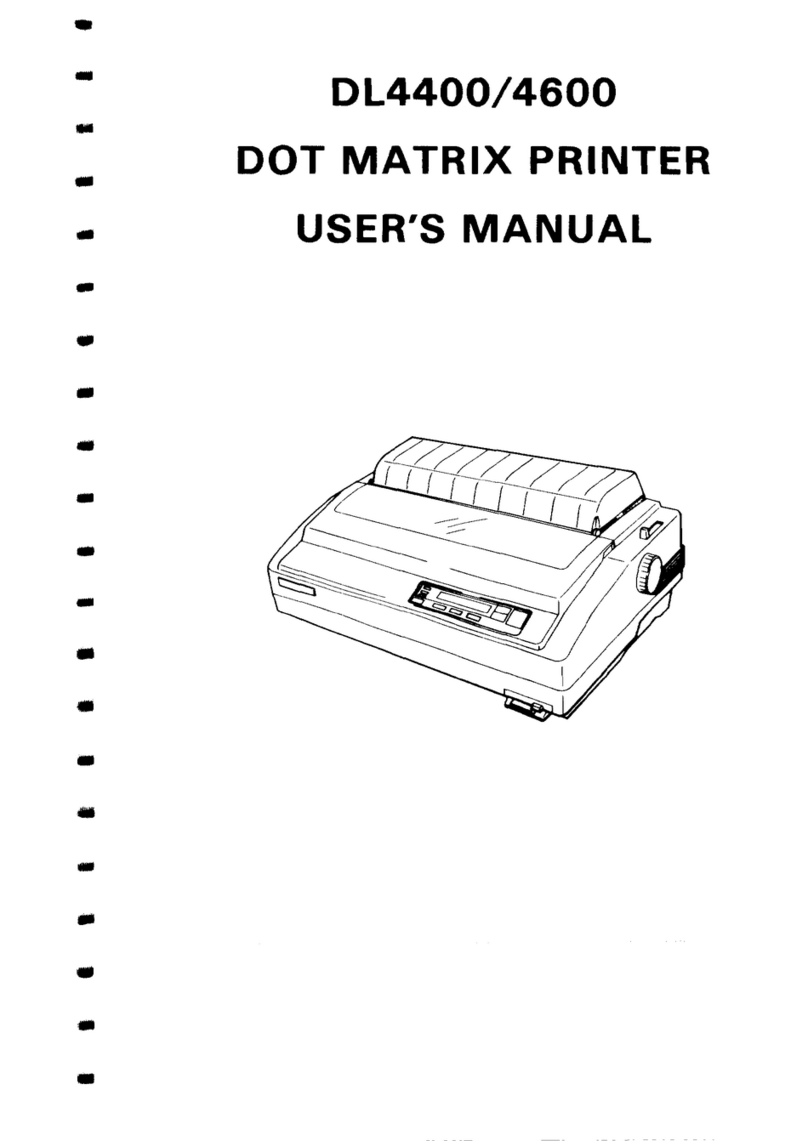B-G Instruments PM1320 Instruction manual

Page 1of 2
GENERAL DESCRIPTION
The DataPlot model PM1320 Print Mechanism incorporates a
fixed-dot thermal printhead with 320 heat element dots
arrayed in a single line across the width of the paper. The
mechanism holds a supply roll of thermal paper and causes
that paper to move past the printhead in steps of
approximately .005 inch. When driven by the DataPlot
CB1320 Printer Control Board, the print mechanism steps the
paper forward, pausing after each step to heat selected dots. In
this manner, a dot matrix representation of alphanumeric
and/or graphic data can be printed.
RESOLUTION
The 320 thermal dot elements are uniformly spaced 150 dots
per inch, or approximately .0067 inches apart. The total print
width is 2.13 inches, centered on the paper. The dot matrix
has a pitch, therefore, of .0067” across the width of the
paper by .005” along its length.
CONTROL BOARD CONNECTION
This print mechanism is designed to operate properly and
reliably when driven by the B-G Instruments’ DataPlot model
CB1320 Control Boardor another board specifically
approvedbyB-G Instruments for that purpose. Attempting to
operate this print mechanism in any other way may cause
permanent damage to its components that would not be
covered by warranty. With all system power off, attach the
supplied ribbon cable between the 26-pin printhead connector
and connector J4 on the control board, being sure to observe
correct polarity by aligning the red dots on the connectors
with those on the cable cads. Also connect the 8-pin stepper
motorcable to connector J 1 on the control board. This
connector is keyed to facilitate correct polarity assembly.
Refer to the CB1320 data sheet for instructions for applying
power and operating the printer.
MOUNTING
The DataPlot model PM1320 print mechanism is designed to
be mounted to a horizontal support platform, as shown
here, using 6-32 screws.
Mating PEM nuts are set
into the print mechanism
chassis. (See the drawing
on the reverse side of this
sheet for mounting
dimensions.) Usually a
housing cover is provided
for appearance and to
protect the mechanism.
Such a cover must include a slot, positioned to permit the
paper to exit freely. Many cabinet designers also provide a
transparent tear-off bar to facilitate tearing the paper a short
distance away from the platen. This makes it easy to lift the
paper from the platen when printing resumes.
PAPER OUT, PAPER LOADING
A paper sensor in the PM1320 provides signals that are used
by the CB1320 Control Board to stop printing when the paper
runs out and to “autoload” a new paper roll. To load the
printer, be sure the power is on and insert the paper end into
the paper feed slot beneath the platen from the rear. Be sure
the sensitive side (outside on roll) is away from the platen.
When the paper is fully inserted, theplaten will run, pulling
about 2 inches of paper through.
DataPlot Print Mechanism
Model PM1320
Technical Data and Instructions
Release A, March 15, 2000

Page 2of 2
THERMAL PAPER
We recommend using B-G Instruments’ type TP-3 thermal
paper in the DataPlot model PM1320 Print Mechanism. This
paper produces a permanent black-on-white image that is
stable withtime and it does not tend to stick to the printhead
as do some other brands. Use of waxy-coated papers should
be avoided because of their tendency to adhere to the
printhead and cause a buildup of material on the head. TP-3 is
a 2.6 inch wide, high quality facsimile grade paper that can
produce high resolution permanent copy in the PM1320
printer. It is available from B-G Instruments in cartons of 36
rolls, or in larger quantities.
CAUTION --- NON-WARRANTY
PRINTHEAD DAMAGE
The DataPlot CB1320 control board applies power to the
selected thermal dots for a period of time sufficient to exceed
the thermal paper activation temperature, or about 2
milliseconds. If electrical power is applied to these elements
for a significantly longer period, or for too high a duty cycle, or
in some other improperly controlled manner, irreversible
printhead damage may occur. Such damage can be readily
detected, as the affected dots will print only lightly, if at all,
and is not covered by warranty. For this reason, it is important
that the print mechanism be operated only by the DataPlot
model CB1320 control board and that the applied power be as
specified in the CB1320 Technical Data and Instructions sheet.
WARRANTY
B-G Instruments will repair or replace, at its option, any
DataPlot model PM1320 Print Mechanism that
malfunctions because of faulty manufacture within one year
after its original date of sale, provided that the mechanism
has been used exclusively with a CB1320 control board and
B-G Instruments’ type TP-3 thermal paper, and:
1. neither the print mechanism nor its control board have
been modified in any way not specifically authorized by
B-G Instruments, Inc., and
2. electrical power applied to the control board has
always been within specifications for that board, and
3. the mechanism shows no evidence of electrical, thermal
or mechanical damage, and
4. the mechanism has printed fewer than 100 million dot
rows and less than 100,000 feet of paper.
PRINT SPEED
When driven by a CB1320 Control Board, the PM1320 print
mechanism can print approximately 150 dot rows per second
(somewhat slower for rows containing more than 64 printing
dots). At .005” per step, the maximum paper speed is,
therefore, about 0.75” per second. Rows of 5x7 characters can
be printed at about 5lines per second, somewhat slower for
bold or larger size characters.
B-G Instruments, Inc.
13607 E. Trent,
Spokane Valley, WA 99216, U.S.A.
www.bginstruments.com
Toll Free: (888) 244-4004
Phone: (509) 893-9881
Fax: (509) 893-9803
Email: [email protected]
PM1320 Print Mechanism
Mounting Dimensions
Other B-G Instruments Printer manuals
